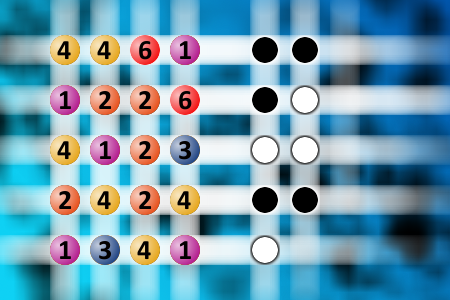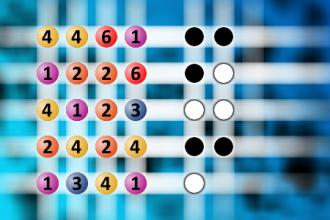Which is a winning combination of digits?
The computer chose a secret code (sequence of 4 digits from 1 to 6). Your goal is to find that code. Black circles indicate the number of hits on the right spot. White circles indicate the number of hits on the wrong spot.Correct answers: 17
The first user who solved this task is Nasrin 24 T.
#brainteasers #mastermind

Whatever you give a woman, she...
Whatever you give a woman, she will make it greater. If you give her a sperm, she'll give you a baby. If you give her a house, she'll give you a home. If you give her groceries, she'll give you a meal. If you give her a smile, she'll give you her heart. She multiplies and enlarges what is given to her.
So, if you give her any aggravation, be ready to receive a ton of stuff in return.
So, if you give her any aggravation, be ready to receive a ton of stuff in return.

